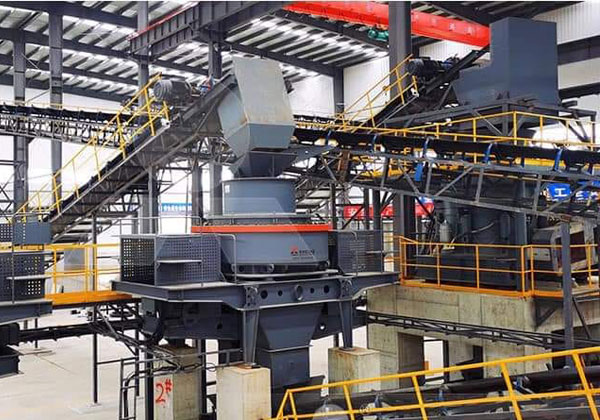Metal ore processing involves extracting valuable metals from naturally occurring ores. The process is vital for industries such as mining, metallurgy, and energy production. Crushers play a crucial role in this process, as they help reduce the size of the ore, making it easier to extract the metal. The extraction of metals from ores typically follows a series of steps, including crushing, grinding, concentration, and extraction methods such as smelting or leaching.

Role of Crushers in Metal Ore Processing
Crushing is the first stage in metal ore processing. The size of the ore is reduced to facilitate the next steps in the extraction process. The type of crusher used depends on the ore’s nature and hardness. There are several types of crushers used in metal ore processing:
- Jaw Crushers: These are typically used for primary crushing. They work by compressing the ore between a fixed and a movable jaw. The force generated helps break down large ore chunks into smaller, manageable pieces. Jaw crushers are ideal for soft to moderately hard ores.
- Cone Crushers: These are used for secondary or tertiary crushing, depending on the size of the ore after primary crushing. Cone crushers work by squeezing the ore between a rotating cone and a fixed outer cone, resulting in finer, more uniform crushed material. They are especially useful for hard ores such as granite, copper, and iron.
- Impact Crushers: These crushers use high-speed impact to break down ore. They are suitable for processing medium-hard materials and are often used in secondary and tertiary crushing stages. Impact crushers are ideal for producing aggregates, as they provide a cubic shape to the crushed material.
Stages in Metal Ore Processing
- Crushing and Grinding: The initial stage involves crushing the ore to break it into smaller pieces. After crushing, the ore is usually ground further to increase the surface area for the extraction process. This is done using mills, such as ball mills or rod mills.
- Concentration: After crushing and grinding, the next step is to separate the valuable metals from the unwanted minerals (gangue). This can be done through methods such as flotation, gravity separation, or magnetic separation, depending on the ore’s characteristics. For example, copper ores can be concentrated using flotation, while iron ores may undergo magnetic separation.
- Extraction: Once the ore has been concentrated, the next step is to extract the metal. This can be done through various methods:
- Smelting: This involves heating the ore at high temperatures to separate the metal from the gangue. It’s commonly used for ores like copper, iron, and gold.
- Leaching: For some metals, such as gold and copper, leaching is used. This involves dissolving the ore in a solution (usually acidic or basic) to separate the metal from the ore. The metal is then extracted from the solution.
- Refining: After extraction, metals often need to be refined to remove impurities. This is done through methods such as electrorefining or chemical treatments.
The metal ore processing process is crucial in extracting valuable metals for industrial use. Crushers play an essential role in breaking down ores into smaller, manageable sizes, which improves the efficiency of subsequent processing steps like grinding and concentration. The choice of crusher depends on the ore’s hardness and desired particle size. After crushing, the ore is subjected to further processes such as grinding, concentration, extraction, and refining to obtain pure metal products.

